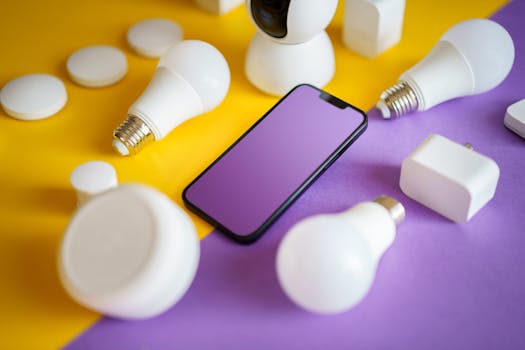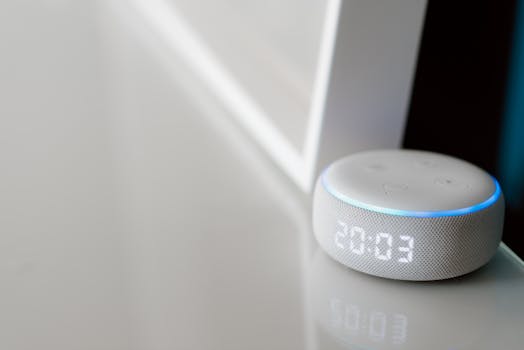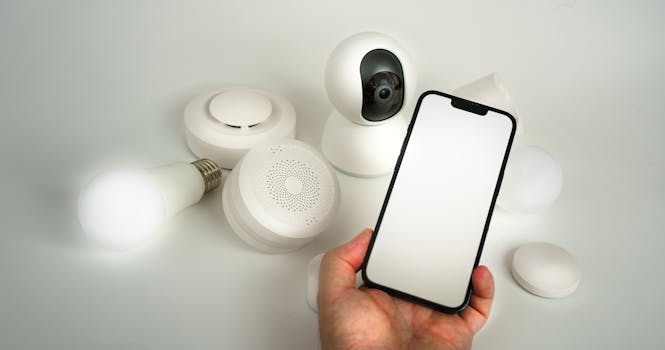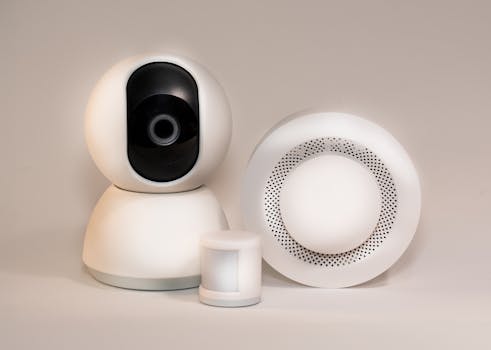
Smart Homes 2025: The Rise of AI-Driven Devices
Introduction to Smart Homes

Smart Homes 2025: The Rise of AI-Driven Devices is a revolution in home automation, transforming the way we live and interact with our living spaces. With the integration of Artificial Intelligence (AI) and Internet of Things (IoT) technology, smart homes are becoming increasingly sophisticated, making our lives easier, more convenient, and energy-efficient.
As we delve into the world of smart homes, it’s essential to understand the concept of AI-driven devices and their role in shaping the future of home automation. In this article, we’ll explore the rise of AI-driven devices in smart homes, their benefits, and what to expect in the future.
The Rise of AI-Driven Devices

The rise of AI-driven devices in smart homes is a result of advancements in AI and machine learning technology. These devices can learn and adapt to our habits, preferences, and behaviors, making our lives more comfortable and convenient. Some examples of AI-driven devices include:
- Virtual assistants like Amazon Alexa and Google Home
- Smart thermostats that learn and adjust temperature settings
- Security cameras with facial recognition and motion detection
- Smart lighting systems that adjust brightness and color based on the time of day and occupancy
These devices are not only making our lives easier but also contributing to energy efficiency and cost savings. With the ability to learn and adjust to our habits, AI-driven devices can optimize energy consumption, reducing waste and lowering our utility bills.
Benefits of AI-Driven Devices

The benefits of AI-driven devices in smart homes are numerous. Some of the most significant advantages include:
- Energy Efficiency: AI-driven devices can optimize energy consumption, reducing waste and lowering our utility bills.
- Convenience: With the ability to control and monitor our homes remotely, AI-driven devices make our lives more convenient and comfortable.
- Enhanced Security: AI-driven security cameras and doorbells can detect and alert us to potential threats, providing an added layer of security and peace of mind.
- Personalization: AI-driven devices can learn and adapt to our habits and preferences, providing a personalized experience that enhances our quality of life.
Future of Smart Homes

As we look to the future, it’s clear that smart homes will continue to evolve and become even more sophisticated. With advancements in AI and IoT technology, we can expect to see even more innovative devices and systems that transform the way we live and interact with our living spaces.
Some potential developments on the horizon include:
- Integration with Wearable Devices: Smart homes may integrate with wearable devices, allowing us to control and monitor our homes with even greater ease and convenience.
- Increased Use of Biometric Data: Smart homes may incorporate biometric data, such as fingerprint and facial recognition, to enhance security and provide a more personalized experience.
- More Emphasis on Sustainability: Smart homes may place even greater emphasis on sustainability, incorporating renewable energy sources and reducing waste and energy consumption.
Conclusion

In conclusion, Smart Homes 2025: The Rise of AI-Driven Devices is a revolution in home automation, transforming the way we live and interact with our living spaces. With the integration of AI and IoT technology, smart homes are becoming increasingly sophisticated, making our lives easier, more convenient, and energy-efficient.
As we look to the future, it’s clear that smart homes will continue to evolve and become even more innovative. Whether you’re a tech enthusiast or simply looking to enhance your quality of life, smart homes are an exciting development that’s worth exploring.


